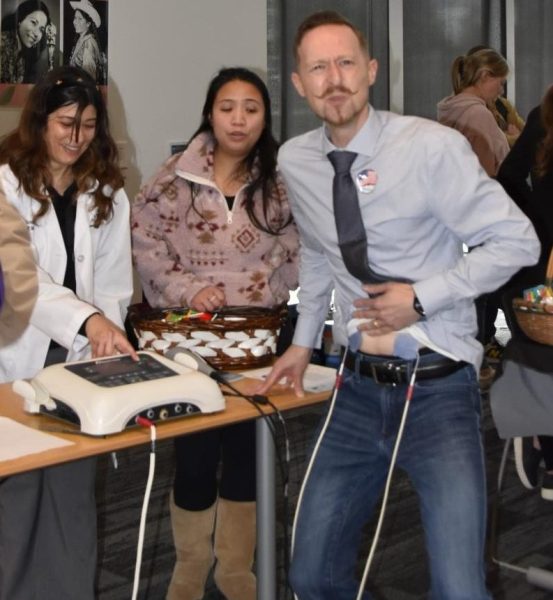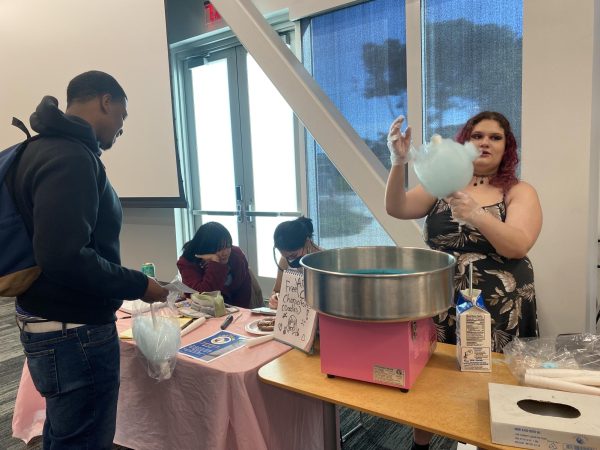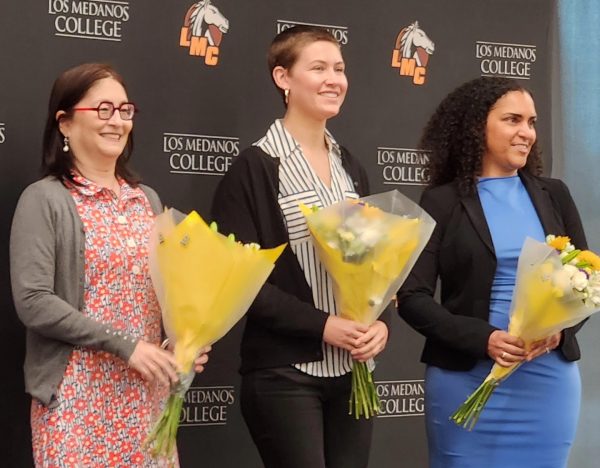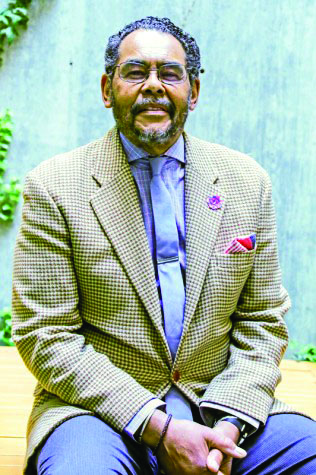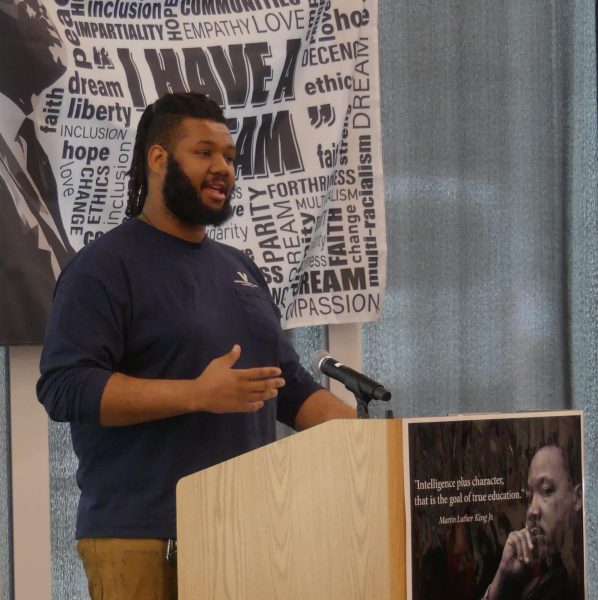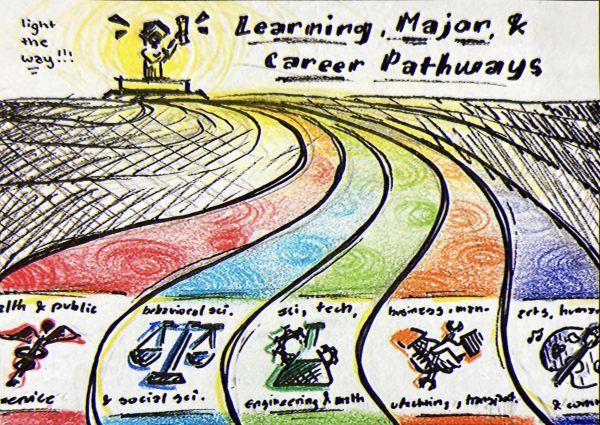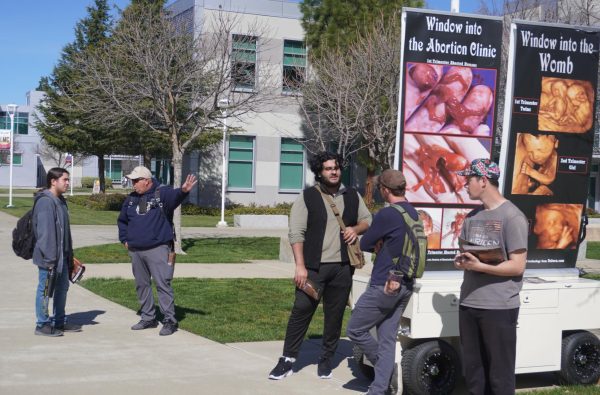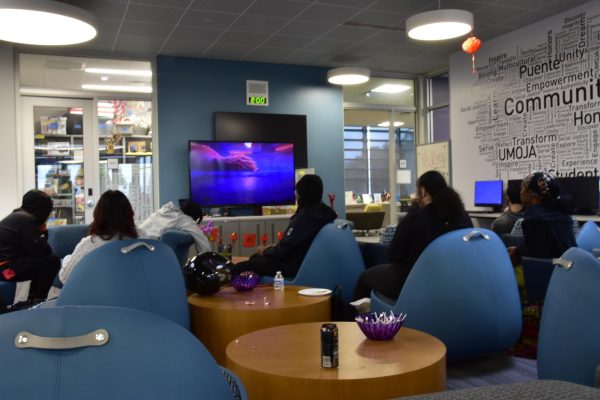LMC picked for NASA
Students chosen for competition
Engineering Tech, a club composed of 11 Los Medanos College students, has been chosen to participate in NASA’s Micro-G NExT Competition.
Their journey began in October 2015, when they sent letters of intent and their initial proposals to NASA.
“Professor Briggs gave us the information about this NASA project and from there we decided to make the Engineering Tech Club,” said Elizabeth Castro, the ICC representative for Engineering Tech.
The proposals made by Castro and the rest of Engineering Tech included early designs, testing methods, and plans for an outreach program conducted by Engineering Tech to inform others about the Micro-G NExT program.
Based on the guidelines provided by NASA, student groups are tasked with creating one of five different design challenges: a Float Sample Grabber, a Coring Device for Regolith, a Gap Spanner Boom for Asteroid Redirect Mission, an Anchoring Device for Regolith, or a Rock Chip Sampling Device for Microgravity.
On December 9, 2015 the selected teams were announced. LMC was accepted into the competition alongside many big name schools including Virginia Tech, Purdue University and University of California San Diego.
“At the beginning of December we learned our team was selected, together with 23 other teams throughout the country, to actually build the tool and fly to NASA’s Johnson Space Center, Houston, TX, this coming June, to test the tool we built in the NASA’s NB lab. So, now we are in the manufacturing phase, building and refining the design for the tool students proposed to fabricate,” said Francesca Briggs, an LMC Engineering professor and the faculty advisor to Engineering Tech, in an email. Jeanne Bonner, an LMC Physics professor, is also one of Engineering Tech’s faculty advisors.
Briggs had most of the Engineering Tech students in either her engineering graphics or materials science class last year. The students meet regularly throughout the week to work on their prototypes and discuss upcoming events and fundraising.
“The team meets for two hours every week minimum, but to be honest students have been meeting quite often and working around the clock on this project. I can tell you they are driven, capable and motivated to succeed. The team is diverse in term[s] of student roles and background,” said Briggs.
The prototype, currently named I.R.I.S MK-X, is intended to collect a sample from an asteroid without disturbing the material inside.
As the students work on their designs, they must follow the NASA guidelines, which state, ‘The device shall be able to collect a core sample 1” diameter and 6” in depth, the device may be operated manually or under power. Powered operations shall be driven pneumatically and the device shall be compatible with a chlorine water environment,’ among other stipulations.
Engineering Tech was created to give LMC students a chance to apply their skills in the real world.
“Our initial idea for this club was to give students who are interested in engineering hands-on projects that they can tackle as well as make projects that would better LMC…[like] a solar powered boat that would clean the lake or solar powered phone chargers that we could put around the campus, however, now that we got accepted into NASA Microg NExT, we are focusing on that,” said Castro.
“The team just received very positive feedback from NASA on their January status report. Students have been praised for their accomplishments so far and I am very proud of them,” said Briggs.
This is a huge opportunity for Engineering Tech students to get a glimpse into the world of engineering and to potentially have a hand in aiding asteroid exploration in 2020. Materials, testing, and travel and lodging fees will soon be too much for the Engineering Tech students to pay for on their own, so they have set up a ‘GoFundMe’ page and will be holding various fundraisers to help them meet their goal.



